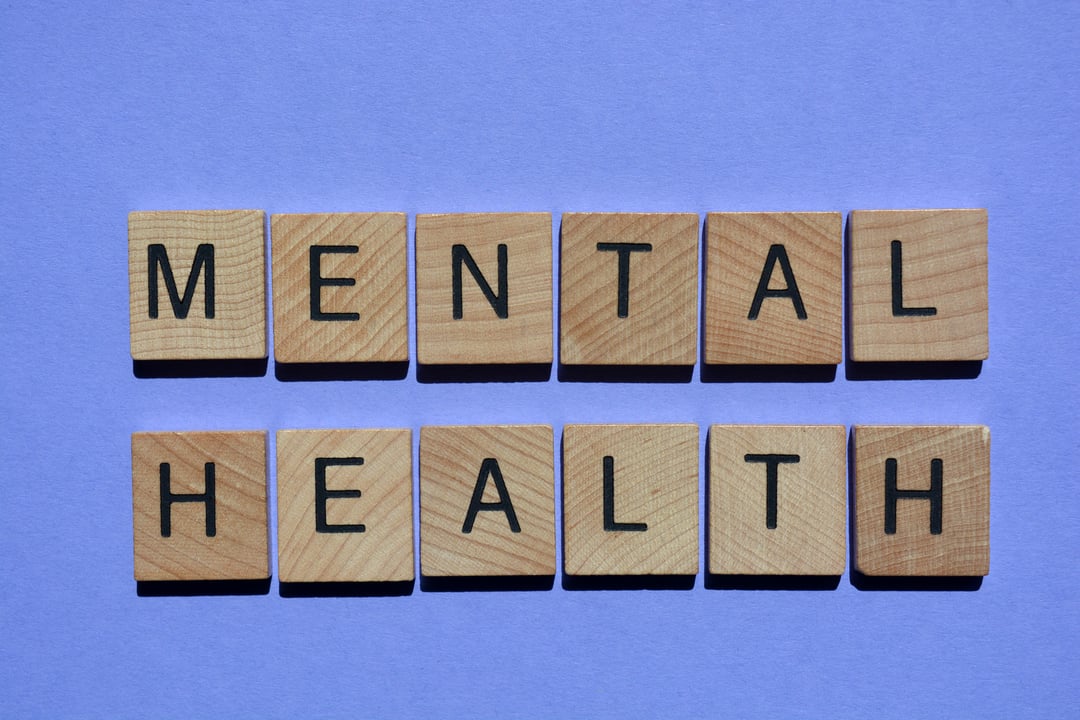“I feel like I'm constantly playing detective, trying to figure out where my students’ mind has wandered off to. It's exhausting to see them struggle with simple learning tasks because they can't maintain focus”
“Every day feels like a battle just to keep things running smoothly. From getting ready in the morning to completing tasks in the evening, it's a constant struggle against distractions and interruptions. I wish I knew how to be more effective”
“It's like walking on eggshells all the time. I never know when my child will have a meltdown over something as simple as a misplaced toy or a forgotten assignment. It's overwhelming trying to balance their needs with the demands of everyday life.”
Navigating the complexities of attentional issues can be exhausting, frustrating, and overwhelming.
Neuroscience can provide important context to understanding the “why” behind the struggles with attention. Research has shown that attentional processes are controlled by various brain regions including the prefrontal cortex. In fact, deficits in any cognitive function involved in learning can put a significant strain on the brain.
Neuroscience has also shown: attention difficulties can be overcome.
This article examines how weak cognitive functions impact attention and how the Arrowsmith Program uses neuroplasticity to overcome these challenges.
Attention and Our Brains
Our attention is ruled by our prefrontal cortex. Think of the prefrontal cortex as the CEO of our left (language-based) and right (non-verbal) hemispheres, controlling our whole system of attention. They regulate our thoughts, emotions, and behaviours.
Expected to be constantly active, these functions “light up” when we are first presented with a task and persistently generate ideas towards a solution. The cognitive functions of Symbolic Thinking and Non-Verbal Thinking are therefore essential at every moment of our conscious being. If they are not doing their jobs, an ADHD or ADD diagnosis is often the result.
If one or both of these functions is weak, individuals will experience any number of difficulties in:
- Maintaining attention to solve problems
- Staying on topic in conversation or writing
- Self-direction
- Self-organization
- Mental initiative
- Goal setting, execution, and achievement
- Independence
- Social navigation and “common sense”
The degree of weakness in one or both functions may impact whether an ADD or ADHD diagnosis is made. Even at mild difficulty, the impact can be profound.
Unfortunately, these individuals are often mislabelled. Someone with a mild Symbolic or Non-Verbal Thinking deficit can be dismissed as rude, misbehaving, disrespectful, unmotivated, or lazy. For some, such labels become self-fulfilling prophecies.
Read more about the risks of misunderstanding one’s cognitive profile here.
A Cognitive Pile-Up
Weaknesses in the prefrontal cortex are not the only underlying functions beneath ADHD, ADD, and attentional disorders. Arrowsmith defines a “cognitive load" as occurring when someone is intellectually overwhelmed by multiple cognitive weaknesses.
- Memory
- Non-Verbal Communication
- Reading and Writing
- Problem Solving
- Processing
- Understanding
What can “look” like ADD or ADHD, might simply be a host of cognitive functions underperforming. Consider a typical classroom or lecture where a student is expected to:
- follow along with the text or lecture in real time
- remember factual details like names, dates, places
- understand and process instructions or ideas
- take notes efficiently and effectively (knowing what to write, and how)
- sense what is expected of them
- know when to ask a question or when to wait
That’s a minimum of six different cognitive functions that need to be active and effective for a successful classroom experience. Even if two are underperforming, the load on the brain is considerable.
More specifically – if Symbol Relations is underperforming – a function responsible for making connections in the world, the classroom can be a devastating place. The brain becomes exhausted from having to work so hard and attention wanders. Emotionally, individuals experience anxiety and shame. Not paying attention is often a strategy for self-preservation.
Attention Struggles Do Not Need to be Lifelong
Whether it's due to a specific prefrontal cortex weakness or a cognitive load, attentional issues can significantly impact learning. They can also be overcome.
Designed in the field of neuroscience, a targeted cognitive program can address attentional issues. Arrowsmith is integrated into organizations and facilitated by staff trained in the cognitive methodology. These organizations understand that the brain is capable of change, and that attention difficulties do not have to be endured.
Studies have proven that participation in Arrowsmith leads to improvements in:
- setting and accomplishing goals
- completing assignments on time
- managing workload
- engaging meaningfully in activities and discussions
- meeting expectations and follow rules
- focus and attention to the task at hand
- attention to detail
- reading and comprehending text
- developing and maintaining relationships
- approaching life with a growth mindset
Many individuals, families, and educators describe a person who engages in the world differently. Some participants who had been prescribed medication to regulate their attention prior to Arrowsmith no longer require it – their brains are capable of navigating life without it.
An individual with a strengthened brain can regulate attention, become capable of focusing on what is important, and sustain their engagement until task completion. Ultimately more positive and productive learning and performance is now available to them.

April 29, 2024


